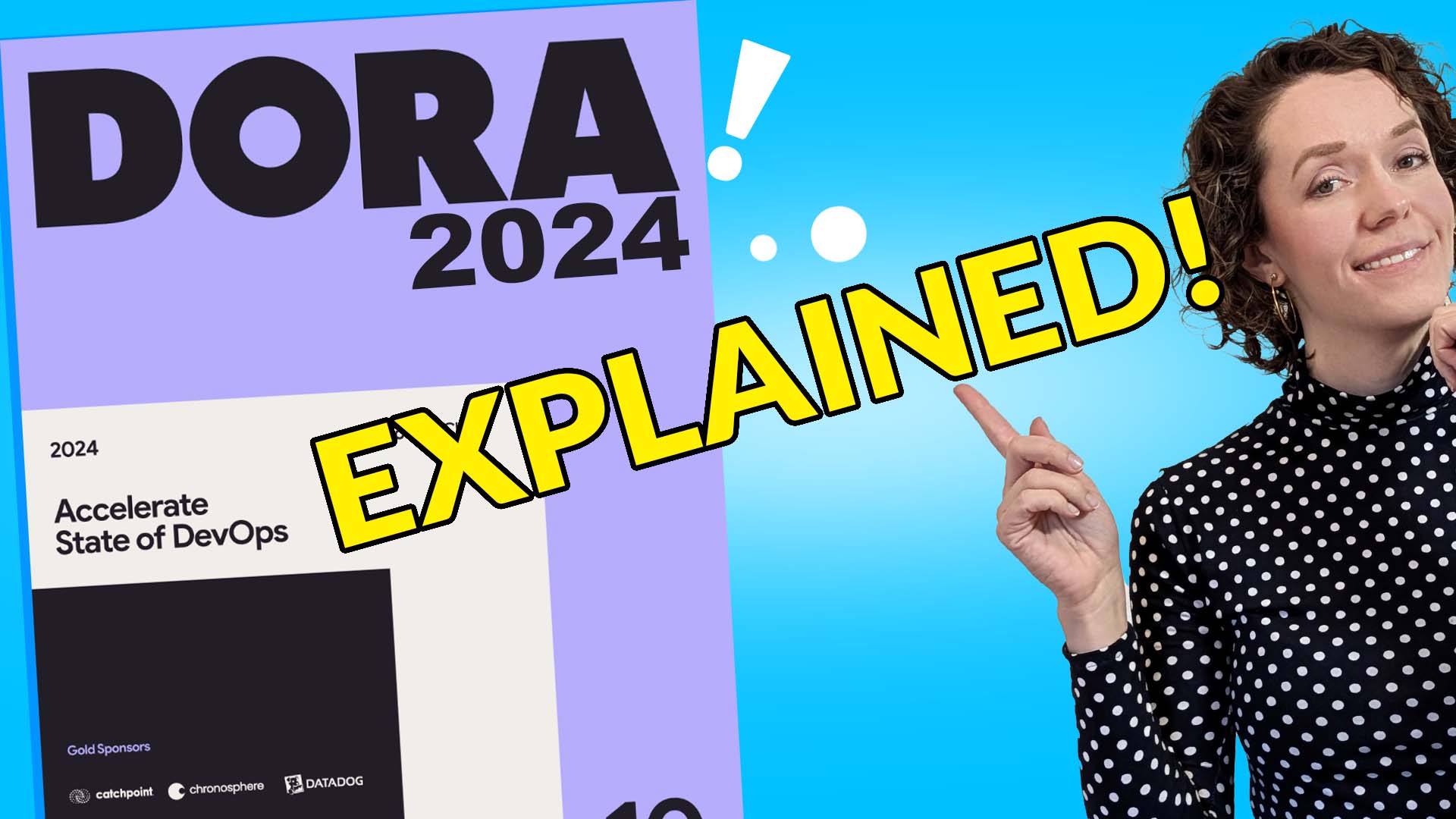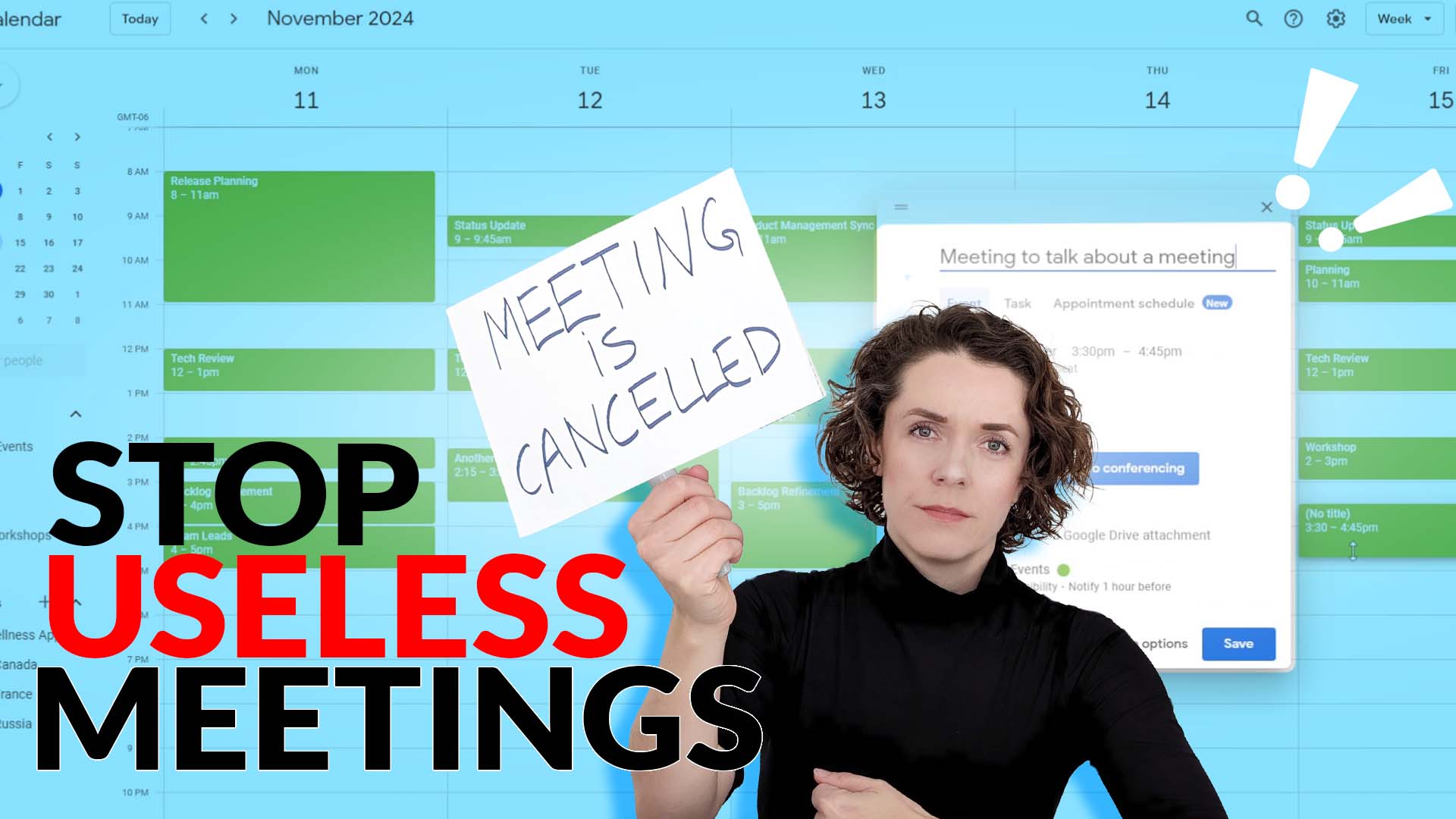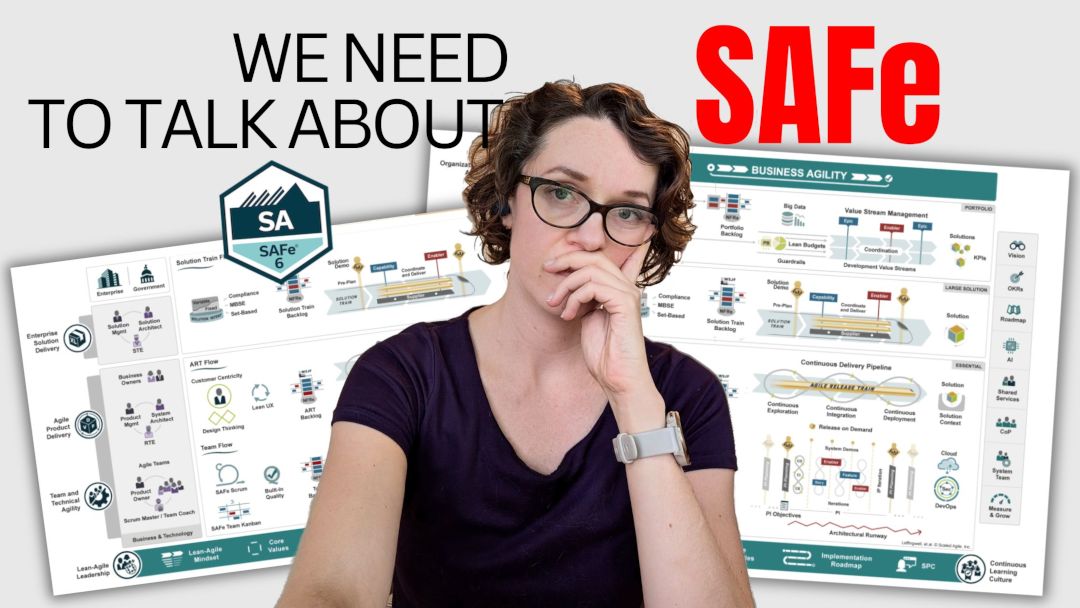One of the things you do as a Scrum Master is help your Product Owner in different aspects of their role. It doesn’t mean that you need to know how to do their job yourself, but you should be able to bring valuable practices and techniques to their attention.
One of the constant struggles is, of course, effective Product Backlog management.
I’ve seen teams with empty backlogs. I’ve seen teams with 300+ items in their backlog. And most often, I’ve seen teams with everything on their backlog marked as “Highest priority”.
Sounds familiar? Unfortunately, it often is.
Product Backlog is as good as its order
Focus is one of the five Scrum Values and a very important one, because without focus you can’t succeed. Without focus you might be doing a lot of busy work and still not deliver any value to your customers and stakeholders. And in an Agile environment, that is the worst that can happen.
Why? Because you waste your team’s time and your organization’s money, while not inspecting and adapting and reducing overall transparency of the work at hand.
You role as a Scrum Master is to help everyone understand how to implement the value of focus in their work. This doesn’t only apply to the Scrum Team, but to the organization as a whole, including the stakeholders.
Focus is translated into clear order of the Product Backlog and you should help your Product Owner if they are struggling.
Order versus priority
An important point I’d like to highlight is that focus is shown through a clear order, not a clear priority.
What’s the difference?
Priority has been misused in an organizational context. Priority is often related to what is the most urgent or who has the loudest voice.
In addition, priority is usually divided into a few categories: high, medium, low (or sometimes more). Which means that we always end up with multiple things that at high priority (P0 as it was used to be called in one organization I worked for).
So, what is the first priority out of all those high priorities? The usual answer: “they all are important”.
That is NOT how we can focus on the most valuable work.
That is why instead we are talking about the ORDER of the Product Backlog instead. The order will put everything in the list into a sequence: one, two, three, four, and so on.
It means there is only ONE number ONE which brings focus back into the work of the Scrum team.
Everything is important
This reminds me of a dialogue from one of my favourite animation movies “The Incredibles”:
– Everyone is special, Dash.
– Which is another way of saying that no one is.
A lot of items on our list are important. But if we can’t separate them into an order, it’s like saying that none of the items are important.
When we are ordering them in a clear sequence, we are not saying that number two, or three, or lower, are not important.
Instead, we are saying that number two is less important in comparison to number one (it’s just like relative estimation!).
However, because stakeholders and customers (and maybe even your Product Owner) were never forced to order things with a clear number one, two, and three, this exercise can be very challenging.
How do we choose? Where do we even start?
There are a few simple tools you can use as a Scrum Master to help you out.
Simple tools for Product Backlog prioritization
There are many ways of how you can facilitate the ordering process with your Product Owner and stakeholders. Here are a few things that I personally often use:
Only one thing
This is not an actual tool, but just a simple question you can ask when people have trouble choosing between two or more items. Just ask “If we are out of time and money, what would be the one and only thing you would want get done for sure?”
MoSCoW
This is an extremely easy technique that you can use during Product Backlog creation, story mapping, or release planning. Or when you need to order a long list of items.
Label every item in the list as a “must-have”, “should-have”, “could-have” or “won’t-have”. Only one label is allowed per item. That way you can easily shorten your list and proceed with further ordering.
I describe this technique in more detail in my facilitation guide “Product Backlog creation workshop”.
Relative Value Estimation
Another way of figuring out the order of items in the Product Backlog is using tools like Planning Poker, that you would use for estimating effort in Sprint Planning or Backlog Refinement, and instead use it for value.
Do it exactly the same way but for estimating how valuable each item is in comparison to other items.
If you are new to relative estimation, I have a great facilitation guide on this topic called “Relative Estimation for Agile Teams”. Check it out for more information, or if your company needs help implementing scrum practices like these I also provide agile consulting.
20/20 Vision
This is a fun technique that can prove to be extremely useful when you have a lot of stakeholders who can’t agree on the order of items in the Product Backlog.
Take the list of items you have and draw a line above it. You can easily facilitate it in a virtual setting or in-person with various tools.
Tell the participants that they can put only 20 items above the line – these will be the most important. Let them disagree, debate for their items, but ultimately come to an agreement as a group.
Then draw a line above those 20 items and tell the participants that they can only put 10 most important items above it.
Then do the say with 5 items, and to finish with 1.
In the end the group will have an order they all have agreed on (after a long heated debate, most likely).
As a Scrum Master you have an important role to play in bringing focus on value to your organization, helping them inspect and adapt, and more importantly, create transparency around the work of the Scrum team.
If you’re looking to continue your education and level up your Agile and Scrum skills without spending thousands of dollars, I invite you to check out The Scrum Master Certification.



